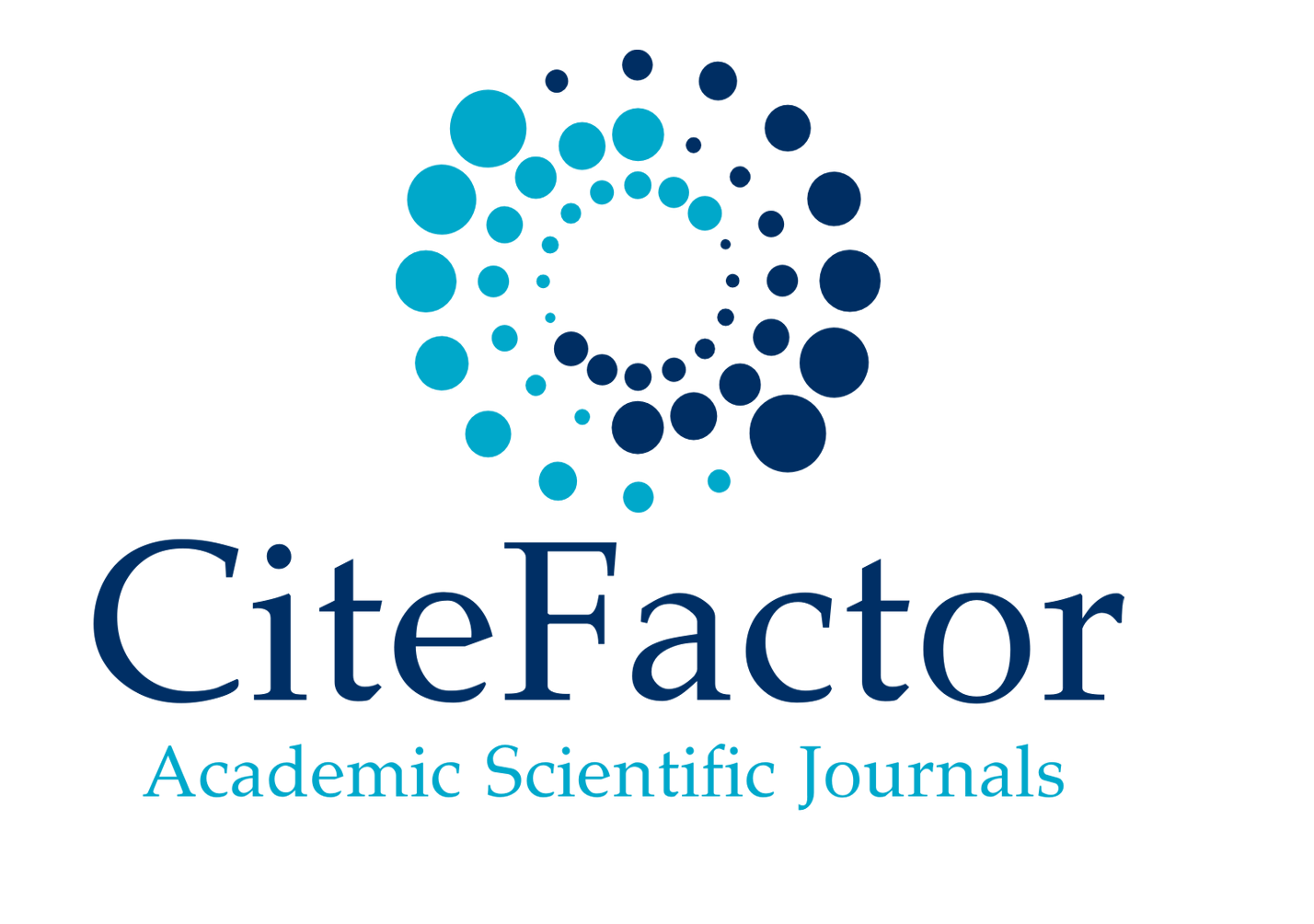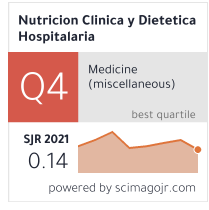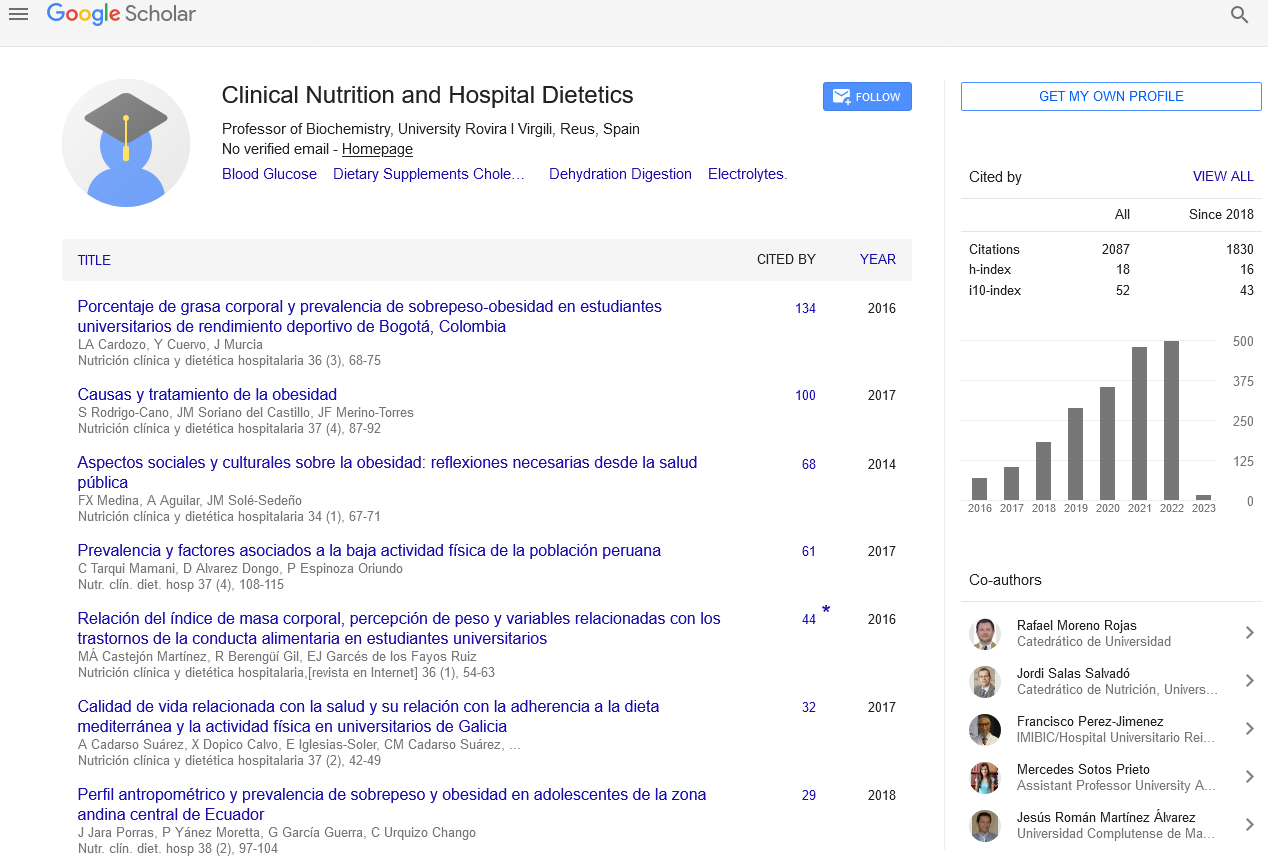Abstract
Comparison between different nutritional screnning tools in cancer outpatients
Author(s): Italiano Peixoto, Manuella1; Fernandes Dourado, Keila1; Siqueira de Andrade, Maria Izabel1; Silva, Tatiane de Oliveira2; Fran├â┬ža, Ana Karla da Silva2; Mota de Almeida, H├â┬íkylla Rayanne2; Ara├â┬║jo de Vasconcelos, Andr├â┬ęa; Santana de Melo, Larissa
Introduction: Cachexia is a condition that often occurs in oncology patients and it is imperative to assess the nutritional status and risk of these diseases. There are several nutritional screenings that identify this risk, among them: the Malnutrition Universal Screening Tool (MST) Nutritional Risk Screening 2002 (NRS 2002), Mini Simplified Nutrition Assessment (MAN-SF), NutriScore and Patient Produced Subjective Global Assessment, which is the gold standard for cancer patients.
Objective: To compare different methods of nutritional risk screening in oncology outpatients attended in a public hospital in Recife-PE.
Methodology: Cross-sectional study with patients with cancer, adults and elderly, of both sexes. It was obtained demographic, socioeconomic, lifestyle, clinical and anthropometric data. The association between 5 nutritional screening protocols was performed and the significance level of 5% was adopted.
Results: The sample comprised 65 patients, most of whom were female (n=51, 78.5%). The most observed neoplasia was breast cancer (52.3%), followed by tumors located in the gastrointestinal tract (23.1%) and the reproductive system (21.6%). Chemotherapy was the most used antineoplastic treatment (84.6%). Concerning nutritional data, the largest portion of the sample was presented without nutritional risk. The NRS 2002 and NutriScore showed a statistically significant association with ASG-PPP (p<0.05).
Discussion: As in the present study, breast cancer is the most frequent neoplasm in females. In the studies by Gomes and Maio and Khoshnevis et al. Chemotherapy was the most commonly used treatment as well. According to the research of Bozetti et al. The majority of patients did not present nutritional risk, while Shaw identified more patients at risk. As for the association between nutritional screenings, NRS 2002 and NutriScore were the only ones that were associated with ASG-PPP probably because they contained questions regarding the catabolism of the disease.
Conclusion: The nutritional screening applied in the present study identified a higher proportion of patients without nutritional risk. NutriScore and NRS 2002 showed a statistically significant association with ASG-PPP and could be used as more practical and quicker alternatives to ASG-PPP.
Google Scholar citation report
Citations : 2439
Clinical Nutrition and Hospital Dietetics received 2439 citations as per google scholar report
Indexed In
- Google Scholar
- Open J Gate
- Genamics JournalSeek
- Academic Keys
- JournalTOCs
- ResearchBible
- SCOPUS
- Ulrich's Periodicals Directory
- Access to Global Online Research in Agriculture (AGORA)
- Electronic Journals Library
- RefSeek
- Hamdard University
- EBSCO A-Z
- OCLC- WorldCat
- SWB online catalog
- Virtual Library of Biology (vifabio)
- Publons
- MIAR
- Geneva Foundation for Medical Education and Research
- Euro Pub
- Web of Science
Journal Highlights
- Blood Glucose
- Dietary Supplements
- Cholesterol, Dehydration
- Digestion
- Electrolytes
- Clinical Nutrition Studies
- energy balance
- Diet quality
- Clinical Nutrition and Hospital Dietetics




